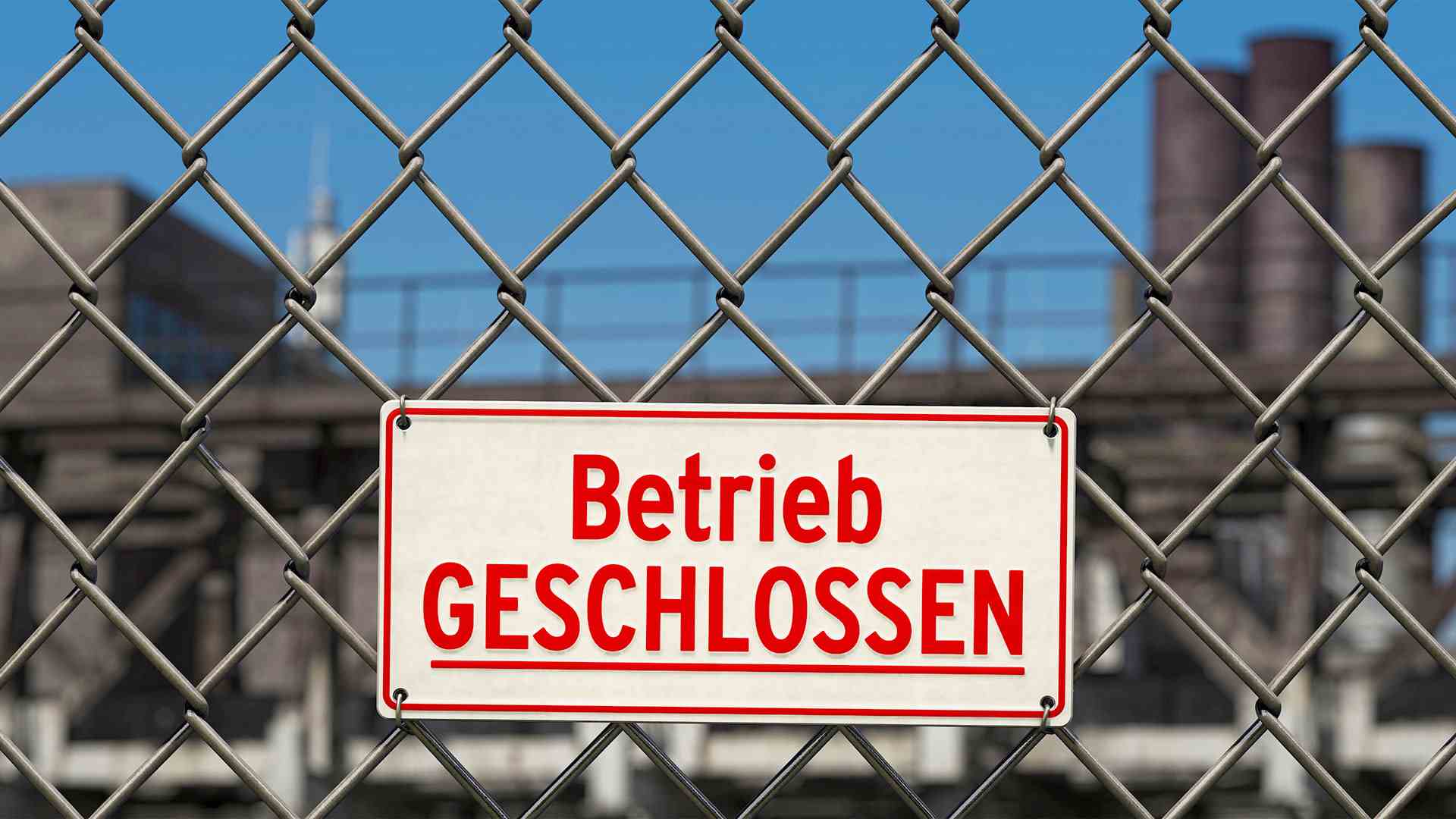Status: 05/18/2022 08:29 a.m
State aid during the corona pandemic kept company bankruptcies in Germany at an artificially low level. However, economists expect more major bankruptcies in the coming years.
Thanks to financial aid and special rules for the obligation to file for insolvency, German companies have so far largely survived the corona crisis unscathed. But that should change now: According to a study by the credit insurer Allianz Trade, the number of bankruptcies is expected to increase again in the coming years. Above all, the number of major bankruptcies is likely to rise significantly.
Rising energy and raw material costs
The economists at the Allianz subsidiary attribute this trend to a whole bundle of problems – such as the war in Ukraine, the lockdowns in China, interrupted supply chains, supply bottlenecks, increased labor costs and prices, especially for energy and raw materials.
Producer prices for industrial products were 30.9 percent higher in March 2022 than in March 2021. This was the strongest year-on-year increase since the survey began in 1949. The main reason was energy prices, which were 83.8 percent higher on average in March were than in the same month last year.
Trend towards larger insolvencies
According to the study, the trend towards larger insolvencies has been observed for several years. Milo Bogaerts, head of Allianz Trade Germany, warns that companies shouldn’t feel a false sense of security: “If it crashes, then it’s right.”
“Insolvencies in Germany fell for the twelfth time in a row in 2021 – but the indebtedness of insolvent companies and the resulting damage have risen to a record level,” said Bogaerts. “That means there were fewer bankruptcies, but there were particularly large ones.”
Bankruptcies at the end of 2023 will probably still be below the pre-crisis level
For the current year, the economists at Allianz Trade (formerly Euler Hermes) expect a moderate increase in corporate insolvencies of four percent to around 14,600; in the coming year, however, they expect an increase of ten percent to 16,130 bankruptcies. Nevertheless, the number of cases at the end of 2023 should still be well below the pre-crisis level.
Allianz Trade boss Bogaerts attributes this resilience to the robust finances of many German companies. However, the credit insurer’s economists also emphasize that insolvency events have become detached from overall economic development in recent years and have leveled off at an “artificially low level”.
In addition to various financial aids, there were also special rules for the obligation to file for insolvency during the pandemic. In doing so, the federal government was pursuing the goal of preventing a wave of bankruptcies among Germany’s companies.

